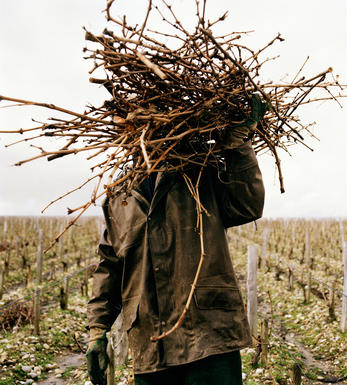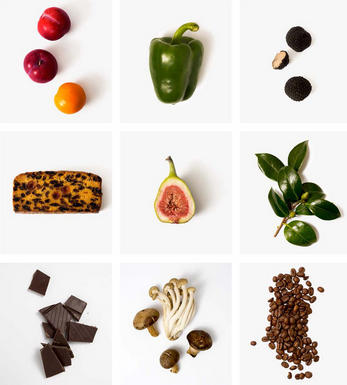
2010 Château Péby Faugères, St Emilion, Bordeaux

Critics reviews
Robert M. Parker, Jr. - 28/02/2013
About this WINE

Chateau Peby Faugeres
This luxury cuvee is culled from a 5 acre parcel of the Faugeres vineyard… this loaded St Emilion should turn out to be one of the finest wines of the vintages.
Heralded from the Faugeres vineyard (a parcel of primarily Merlot with small quantities of Cabernet Franc), this spectacular St.-Emilion represents the essence of flavour, with a beautiful elegance and complexity.

Merlot
The most widely planted grape in Bordeaux and a grape that has been on a relentless expansion drive throughout the world in the last decade. Merlot is adaptable to most soils and is relatively simple to cultivate. It is a vigorous naturally high yielding grape that requires savage pruning - over-cropped Merlot-based wines are dilute and bland. It is also vital to pick at optimum ripeness as Merlot can quickly lose its varietal characteristics if harvested overripe.
In St.Emilion and Pomerol it withstands the moist clay rich soils far better than Cabernet grapes, and at it best produces opulently rich, plummy clarets with succulent fruitcake-like nuances. Le Pin, Pétrus and Clinet are examples of hedonistically rich Merlot wines at their very best. It also plays a key supporting role in filling out the middle palate of the Cabernet-dominated wines of the Médoc and Graves.
Merlot is now grown in virtually all wine growing countries and is particularly successful in California, Chile and Northern Italy.


Buying options
Add to wishlist
Description
A very limited production cuvee, the 2010 Peby Faugeres is sold in a specially designed bottle from Silvio Denz, who also owns Lalique Crystal. It comes from the oldest portion of the Faugeres vineyard, which is actually more of a completely separate entity under Denz than it was under the previous owners. The 2010 is 100% Merlot and again 15% natural alcohol. The vines were cropped at 20 hectoliters per hectare, but harvested about a week before the harvest finished for the main Faugeres vineyard. Most observers would tend to look at this wine as a modern-style, massive, intense St.-Emilion, with an opaque purple color, a floral nose shaded by notes of blueberry liqueur intermixed with black raspberries, vanillin, subtle smoke and barrique smells. It is full-bodied and built for two decades of longevity, but should be reasonably drinkable in 5-6 years because of the 100% Merlot content. This is a thrilling wine, as it has been in nearly every vintage where it has been produced.
Robert M. Parker, Jr. - 28/02/2013
wine at a glance
Delivery and quality guarantee